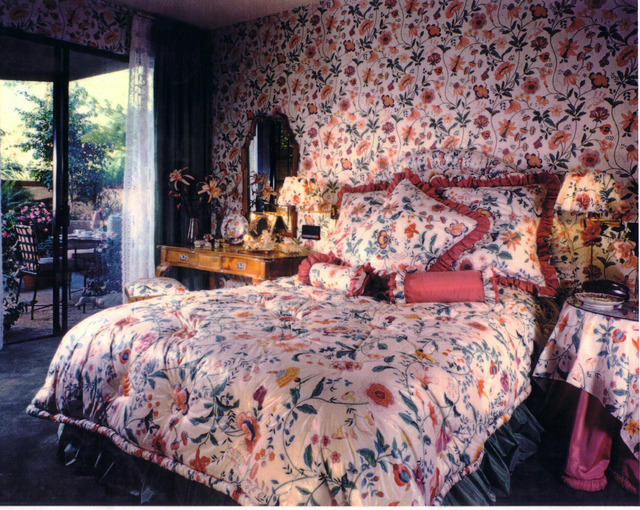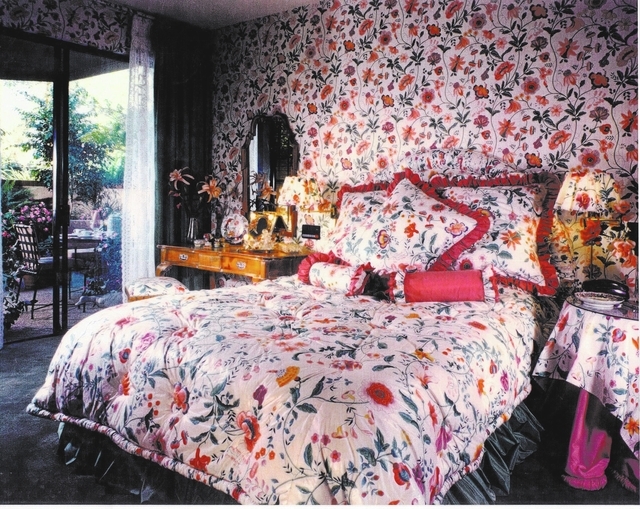Make a small space appear bigger
Not that long ago the consensus among homeowners seemed to be that bigger was certainly better, and, if at all possible, “McMansions” were the only way to go. Now though, in light of the great paradigm shift that has occurred in our economy and in the population’s mindset, many have re-evaluated their priorities and have come to realize that simpler is often better and that smaller isn’t such a bad thing after all. In fact, downsizing has become an attractive alternative.
Thumbing through a recent copy of Icon, the official magazine published by the American Society of Interior Designers, I noticed an article that dealt with this topic, “Big Ideas for Small Spaces,” which reiterated the idea that bigger isn’t necessarily better when it comes to good design. The article went on to say that “the increasing popularity of ‘micro apartments’ (generally less than 400 feet) is evidence that good things do indeed come in small packages … with the trend gaining attraction worldwide.”
Although most designers probably haven’t had to design for homes as small as 400 feet, they often have to rely on any number of design tricks and solutions that can help create the illusion of less being more. In a small space it’s essential to realize that everything counts. The basics to deal with are color, furniture scale, arrangement and, another key ingredient, lighting.
Following are a few secrets of the trade that may help you get out of a “tight spot,” so to speak.
To begin with, color is important in any size space, but especially in a small one where I strongly advise you to think in monochromatic terms, which means choosing colors that are in the same family. Try to avoid using dark colors as they generally absorb light and will tend to make a room appear smaller.
Neutral light shades and bright colors, on the other hand, tend to work to greatest advantage. Generally whites, pastels, neutral cream colors along with soft tones of blues and greens are just a few of the color choices that can help to open up a small space.
When you come right down to it, it’s all about “trompe l’oeil” (fooling the eye) or in other words, illusion. Light and brightly colored walls are naturally more reflective and thus will go a long way in making a space feel more open and airy and will help to maximize the effect created by natural light. Painting your wall trim and moldings a lighter color than your walls so that the walls appear further back, making the space feel bigger is still another aid in helping to create the impression (or illusion) of a bigger reality.
Good lighting is another prerequisite in the quest for the appearance of more space. High quality lighting for your home is a great investment toward reaching that goal.
The more light in your room the better it is for making it appear more than it really is. Artificial light will work just as well as the real thing and you’ll see for yourself that the more light in a space, the better. I’ve often used spotlights to highlight objects at opposite ends of a room to help create the illusion of distance between two focal points which helps to make a space appear bigger as well.
One of the best and least expensive ways to decorate any size room as well as create the illusion of space is to use mirrors, which can actually serve as room expanders when they’re strategically placed to reflect light. Angling a mirror toward a focal point in a room will give the illusion of depth and, whether reflecting artificial or natural light, any room will appear brighter (and bigger) during the day as well as at night. Mirrors have the magical ability to bounce light deep into a space which serves to make it appear larger; and they even work great on cabinet doors to create an expansive and uncluttered look.
As to furniture scale and arrangement, try to remember that it’s important to “see the floor.” That is to say, avoid oversized sofas and too much furniture for your room to appear larger than it really is.
Negative space can be a wonderful thing. I encourage you to try it sometime. In addition, aim to use multifunction furniture with clean lines, and be sure to scale the furniture to fit the size of your space, placing the larger pieces against the wall to keep a clear pathway in which to walk.
Also, consider having at least some of the furniture the same color as the walls as well as placing some of the pieces at an angle, which really works because the longest straight line in a room is its diagonal.
What this means is that when the furniture is placed at an angle it tends to lead the eye along the longer distance rather than the shorter wall.
Another design trick is to keep the furniture in the same tone color family because broken or contrasting colors that stand out have a tendency to make a space seem even smaller than it really is.
Finally, keep in mind that taller furniture may make your ceilings appear lower than they really are and it’s best to choose a sofa and chair with open arms and exposed legs. Also, a glass or acrylic table will help to maintain the feeling of an open and free space as they allow light to filter under the furniture, which will help to make your room feel airier.
We’re all starting to embrace the concept that bigger isn’t necessarily better and that small can not only be beautiful but easy and practical as well.
But whether big or small, enjoy the “extra space” you create whether real or illusionary.
Stephen Leon is a licensed interior designer and president of Soleil Design; he has been designing and manufacturing custom furniture and cabinetry for more than 25 years. He is president of the Central California/Nevada Chapter of the American Society of Interior Designers (World Market Center, Suite A3304) and is a certified professional in green residential design. Questions can be sent to soleildesign@cox.net.



















